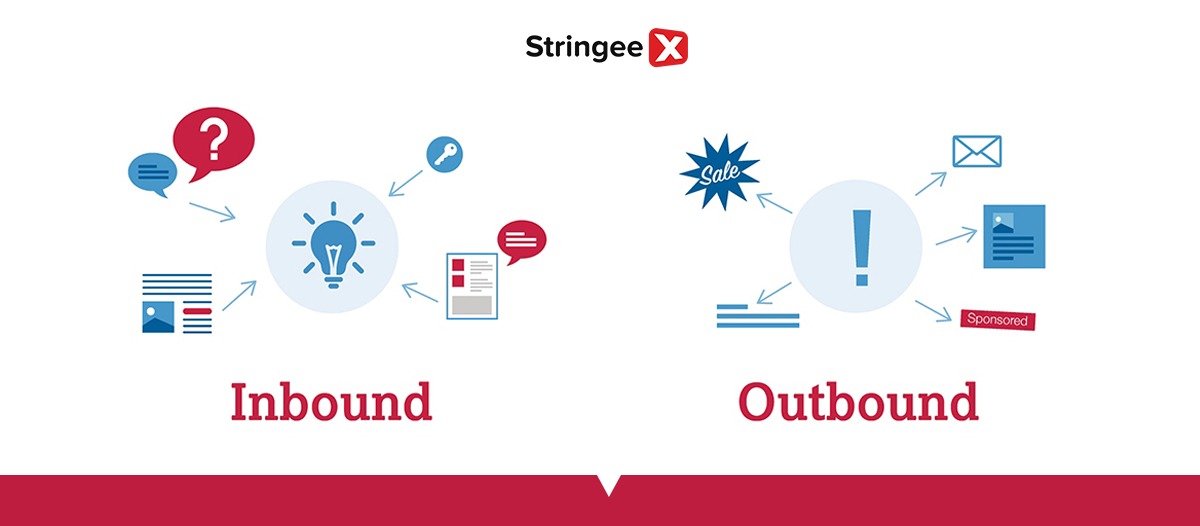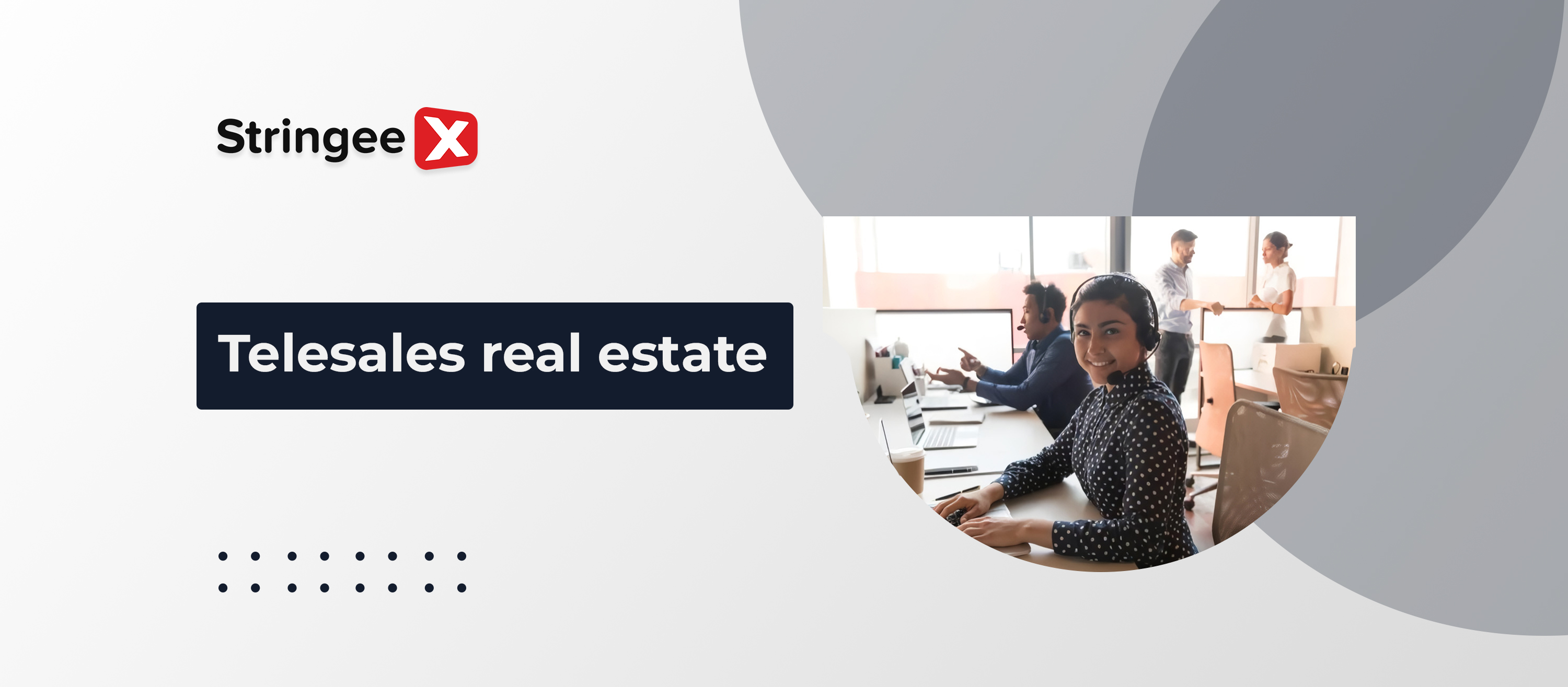In a world where chatbots and online messaging are everywhere, you might think that receiving a call from customers is very rare. Surprisingly, the opposite is true; according to research, the phone is still the most preferred tool customers use for support.
Customer support calls are even more common when considering millennials and Gen Z. According to a recent survey conducted by Clutch, out of the 501 people surveyed, 88 percent of them prefer to speak to a service agent over the phone and ¾ of these people would either frequently or always use a phone to contact customer support.
Given the facts, it makes total sense for businesses to focus on their capability to handle these calls. Or to put it in simple terms, invest in a call center.
Unsure about how inbound and outbound call centers differ? Don’t worry, we’re here to help. Let’s read on below.
Inbound and Outbound Call Center: The differences
An inbound call center is used to help businesses receive incoming calls from customers. It is usually the customer support team who monitors the inbound centers since the incoming calls are from existing customers with issues and queries.
While an inbound center is used to receive incoming calls, an outbound center however, is the complete opposite of an inbound center. Outbound call centers help businesses to make outgoing calls to customers. Typically, the sales team would operate this type of call center to cold call potential customers about their products or services. Companies also use this type of call center to make calls to customers for surveying and collecting market research.
It might seem oblivious to the common consumer, but this is a crucial component for business to maintain loyalty and enhance customer satisfaction. Companies would usually have this onsite or outsourced. To learn more about how companies build their own call center, here are some helpful resources for you {link}
->>> Read more: Call center vs contact center: what are the differences?
Features of An Inbound and Outbound Call Center
While inbound call center and outbound call center may use similar technology, there are some major differences in features between the two as well, here are some of the different features available in an inbound call center and an outbound call center.
Inbound Call Center
- IVR: IVR is an automatic system that allows callers to interact with businesses through a series of keypad input. This system will automatically transfer the call to the correct agent according to customer queries. Many call centers use IVR to handle incoming calls quickly and manage companies’ processes via the phone. Callers receive an automated voice message with instructions that can be used for call distribution, caller identification, and lead distribution.
- Call Tracking: is a feature that records customer information and information about incoming calls. In the call tracking process, the inbound calls are directly resulted from the marketing campaigns that led callers to the business. With this feature, businesses can get insights on call information to enhance their marketing campaigns.
- Automatic Call Distribution: is a wireless software that receives and routes incoming calls to the best available agent or department based on the predefined routing rules. The ACD system helps manage call traffic and distribute calls using a rule-based routing system that defines how inbound calls will be handled. ACD helps businesses with workload distribution and helps call centers become more productive.
Outbound Call Center
- Automatic Dialer: This is a software that automatically dials telephone numbers pulled from a list and connects it to a live agent or a prerecorded message. It smoothens the process by eliminating the tedious task of manually dealing individual phone numbers
- Predictive Dialer: A Predictive Dialer uses a machine-learning algorithm to increase agents’ efficiency in a call center campaign. This feature also filters out unanswered calls, ensuring that agents can be connected in a shorter time. Predictive Dialer can maximizes agent productivity and minimizes idle time.
Inbound and Outbound Call Center Services
Customer service and telesales are probably the most common and conventional features of a call center. However, a call center can do much more than that, including generating revenue and increasing agent productivity. Here are some ways a call center can help businesses thrive:
Product/Tech Support
This is the most well-known function of an inbound call center. It can help customers change passwords, update information, make appointments, and help agents respond to customer issues..
Order Processing
Though most businesses have shifted to online stores, it is still extremely common for customers to place orders over calls. Call center agents can help customers process the order as well as resolve any payment issues.
Renewal Inquiries
This is extremely common for subscription based online services (or SaaS for short). Customers usually make calls to renew, upgrade, or cancel their subscription. In this situation, agents can use the information given by customers to perform the required task.
Lead Generation
Outbound call centers can help sales agents gather and qualify leads. A call center can help agents make cold calls to customers in order to collect information from the customers.
Telemarketing and telesales
Despite having the image of being bothersome, telemarketing and telesales has shown steady growth over the past years. It is still actually quite common for businesses to use telemarketing as their main campaigns and telesales as their main channel to close deals and make sales. Researches have shown that telemarketing and telesales as means to increase revenue are far more positive compared to other channels.
Market research
Market research is conducted by outbound call center agents to better understand their customers and competition. For instance, market researchers conduct phone surveys to determine their target audience, what products are currently most popular, and some insights on market demands. Through the results of these market researches, companies can improve their product design and functionality, marketers can enhance their messaging, and sales agents can develop more effective pitches.
Both of these call centers can create many opportunities for your company to offer a range of services to the customers. Though, the type of call center you decide to implement will heavily depend on your overall goals and budget.
Hybrid calling center - An ingenious way to contact customers
Ever wondered “What if I need to make calls and receive calls simultaneously?” or “ How can I improve customer experience from calls? ” Well, lucky for you, there is such a thing!
With a hybrid call center, agents can both receive and make calls at the same time, with only one single system. This centralization of communication can create a seamless and consistent experience for customers. Plus, with the video calling feature, customers and agents can actually have a face-to-face conversation just like in real life, making the whole experience more personal.
To run a hybrid video call center, check out StringeeX Contact Center solution and see how it can help your business thrive!










